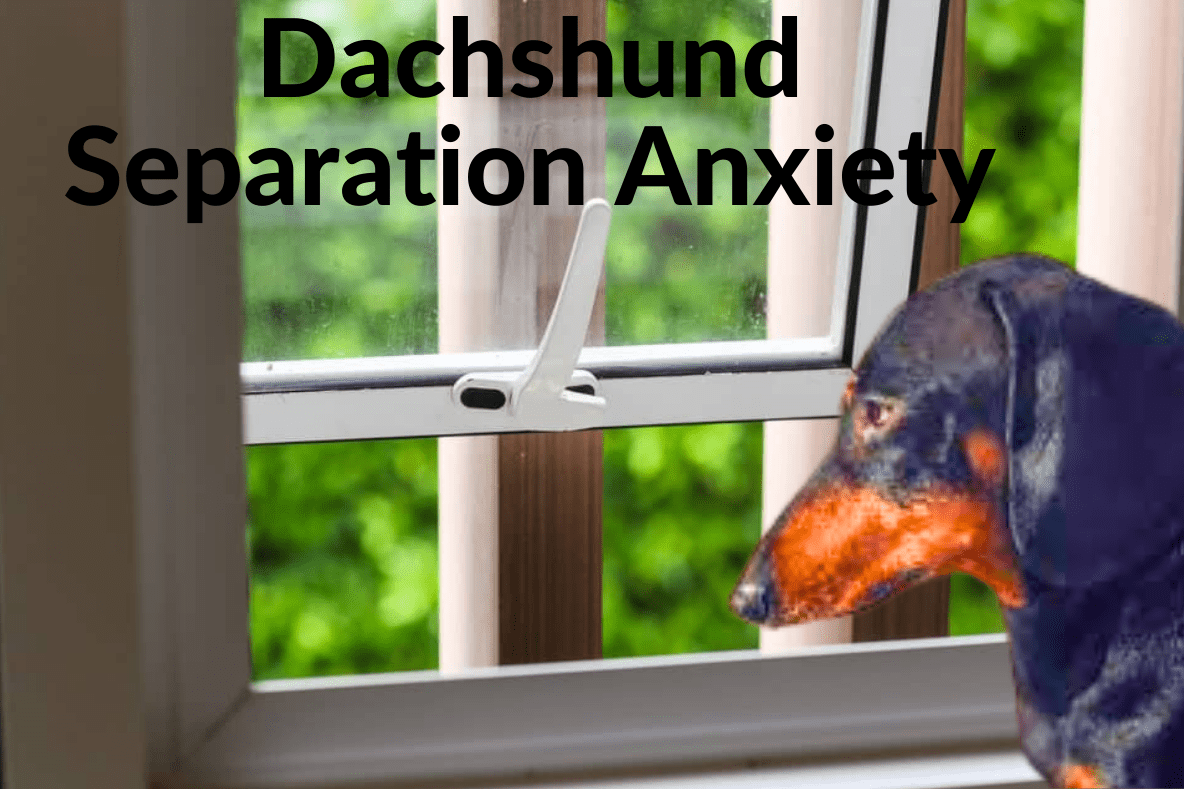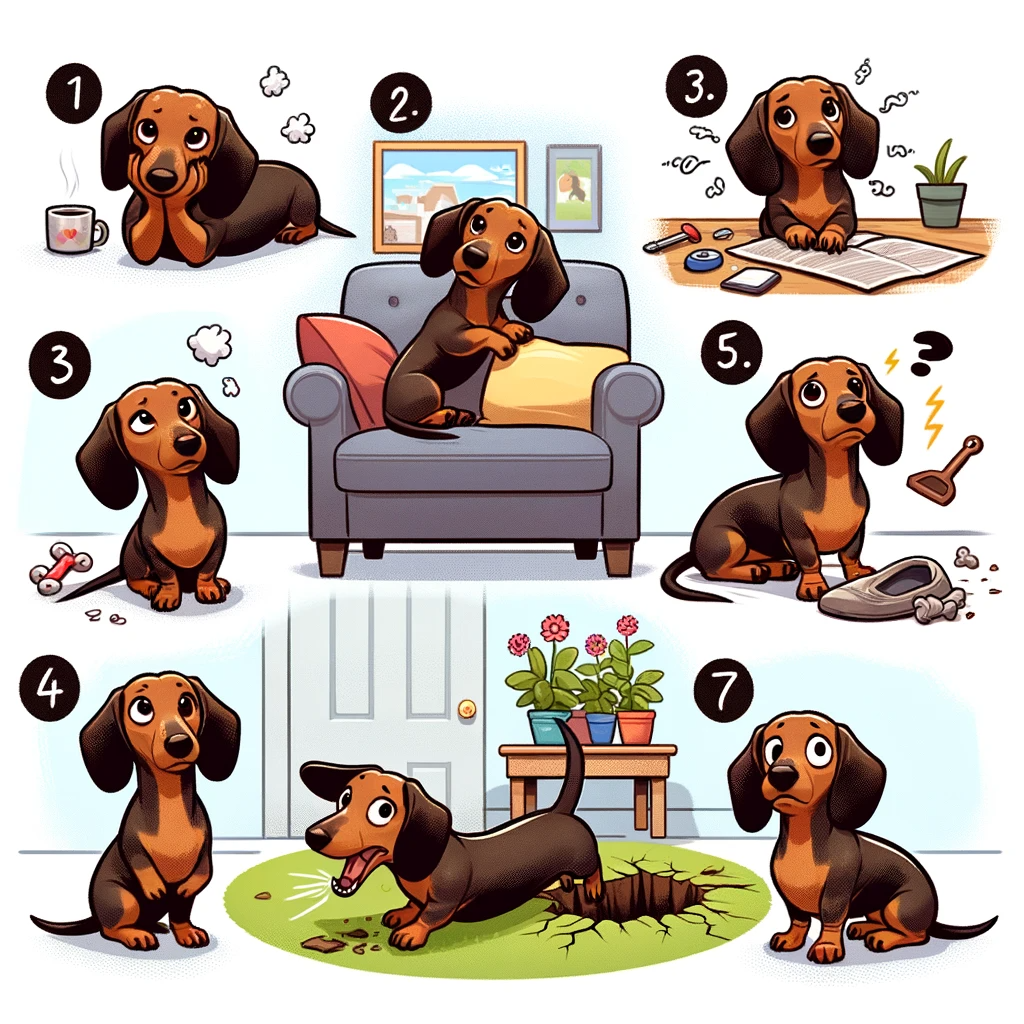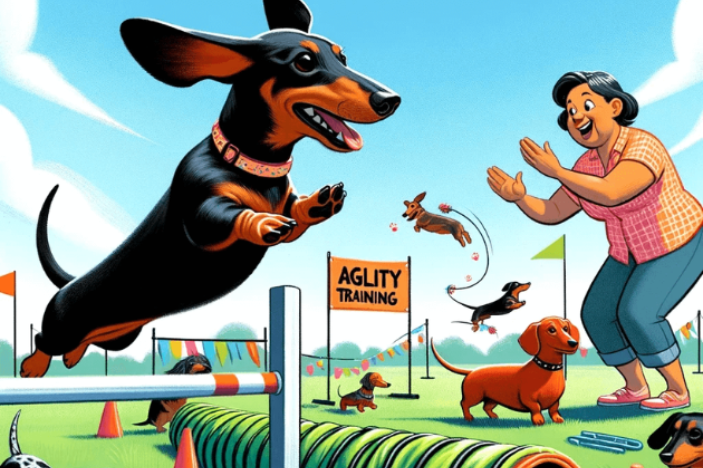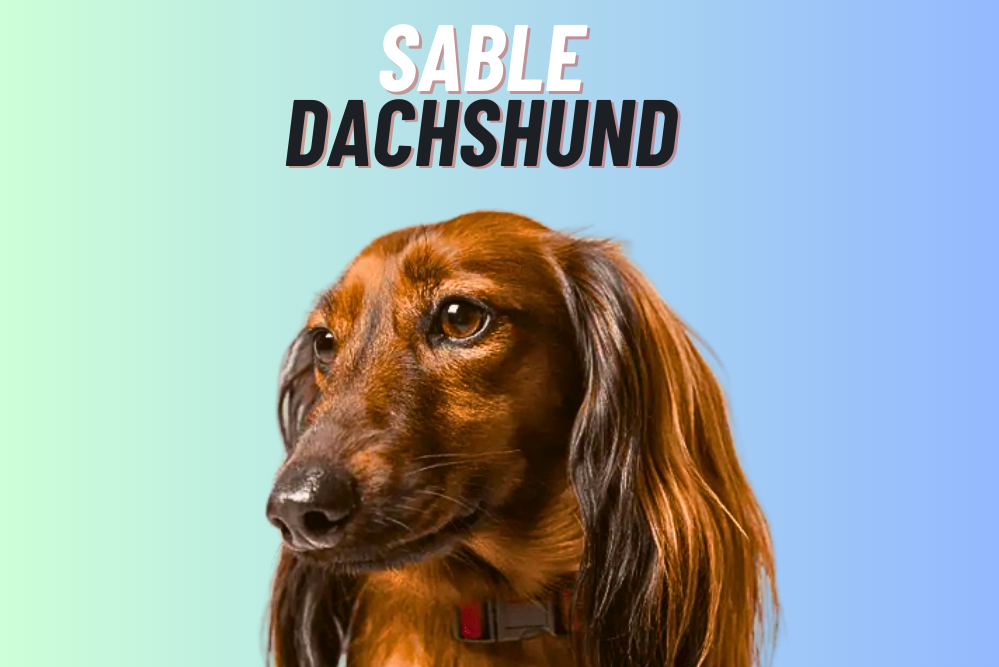Introduction
Dachshunds, more commonly known as “wiener dogs,” are a popular breed of dogs that have become a favorite among many pet owners. Dachshunds are known for their long and low bodies, their lively personalities, and their intelligence.
However, like all dogs, they are not without their problems, one of which is separation anxiety. Separation anxiety is a common problem that affects many dogs, and it can be particularly severe in Dachshunds.
In this article, we will discuss what separation anxiety is, how it affects Dachshunds, and what can be done to help them.
What is Separation Anxiety?
Separation anxiety is a condition where a dog becomes anxious or distressed when they are separated from its owner.
This can manifest in several ways, such as barking, howling, destructive behavior, and inappropriate elimination.
Separation anxiety can be triggered by several things, such as changes in routine, a change in living situation, or a traumatic event.
How Does Separation Anxiety Affect Dachshunds?
Dachshunds are known for being loyal and devoted to their owners. They thrive on human interaction and can become very attached to their owners. Because of this, they can be particularly susceptible to separation anxiety.
When a Dachshund has left alone, it may become anxious and distressed. This can manifest in several ways, such as barking, howling, destructive behavior, and inappropriate elimination.
Some Dachshunds may even become physically ill, refusing to eat or drink when their owner is away.
What Can Be Done to Help Dachshunds with Separation Anxiety?
If you suspect that your Dachshund is suffering from separation anxiety, there are a number of things that you can do to help them.
Gradual Desensitization
One of the most effective ways to help a Dachshund with separation anxiety is to gradually desensitize them to being alone.
This can be done by gradually increasing the amount of time that the dog is left alone. Start by leaving the dog alone for just a few minutes and gradually increase the time over the course of several weeks. This can help the dog to learn that being alone is not a bad thing and can help to reduce their anxiety.
Create a Safe Space
Another way to help a Dachshund with separation anxiety is to create a safe space for them. This can be a small room or a crate where the dog feels safe and secure. Provide the dog with comfortable bedding, toys, and treats to help them feel more comfortable. This can help the dog to feel more secure when they are left alone.
Exercise and Stimulation
Dachshunds are an active breed that requires regular exercise and stimulation. Make sure that your Dachshund is getting enough exercise and mental stimulation throughout the day. This can help to reduce their anxiety and keep them occupied when they are left alone.
Consistency and Routine
Dachshunds thrive on routine and consistency. Make sure that you have a consistent routine for your Dachshund, including regular meal times and exercise times. This can help the dog to feel more secure and can reduce anxiety.
Medication
In severe cases of separation anxiety, medication may be necessary to help the dog. Talk to your veterinarian about medication options that may be appropriate for your Dachshund.
How did you feel about your dog in Separation Anxiety?
We can provide information and insights about separation anxiety in dogs, which is a common behavior problem in which a dog exhibits excessive fear, distress, or anxiety when separated from its owner or primary caregiver.
Separation anxiety can manifest in various ways, such as destructive behavior, excessive barking or whining, inappropriate elimination, or escape attempts.
Dog owners need to understand the underlying causes of separation anxiety and work with a veterinarian or animal behaviorist to develop a treatment plan that addresses the root of the problem and helps the dog feel more comfortable when left alone.
Howling or barking a lot.
Howling or barking excessively can be a sign of separation anxiety in dogs. When left alone, dogs with separation anxiety may vocalize excessively as a way to express their distress or try to communicate with their owner.
However, excessive barking or howling can also have other causes, such as boredom, lack of exercise, territorial behavior, or fear.
If your dog is barking or howling excessively, it’s important to address the underlying cause to prevent the behavior from becoming a problem.
You may want to consult with a veterinarian or animal behaviorist for advice on how to modify your dog’s behavior and help them feel more comfortable and secure.
Furniture-chewing or digging.
Furniture chewing or digging can also be a sign of separation anxiety in dogs. When left alone, some dogs may try to alleviate their anxiety or boredom by engaging in destructive behaviors such as chewing furniture or digging.
This behavior can also be caused by other factors, such as teething, lack of exercise, or an instinctual need to dig or chew.
To address these behaviors, it’s important to provide your dog with appropriate outlets for their energy and instinctual behaviors, such as toys to chew on or designated digging areas.
You may also want to consider crate training your dog or gradually increasing the amount of time they are left alone to help them feel more comfortable and secure when separated from their owner.
Additionally, it’s important to keep valuable or dangerous items out of your dog’s reach and to provide plenty of positive reinforcement and training to encourage good behavior.
Dog Left Home
When a dog has left alone at home, it’s important to make sure they are safe, comfortable, and have access to everything they need.
Here are some tips to help your dog when you leave them alone:
- Create a safe and comfortable space: Designate a specific area in your home for your dog to stay while you are away. This could be a crate, a room with a closed door, or a gated area. Make sure the area is safe, comfortable, and free of hazards or items that your dog could chew or destroy.
- Provide food and water: Make sure your dog has access to fresh water and a nutritious meal before you leave. You can use a puzzle feeder or treat-dispensing toy to provide mental stimulation and help alleviate boredom.
- Offer toys and chews: Leave your dog with toys and chews that are safe and appropriate for their size and breed. This can help prevent destructive behavior and keep your dog occupied while you’re away.
- Provide potty breaks: If your dog will be alone for several hours, make sure they have access to a designated potty area or are taken out for a walk or potty break before you leave. If your dog is house-trained, it may be able to hold its bladder for longer periods, but it’s important to take its individual needs into account.
- Consider leaving on background noise: Leaving on some background noise, such as a radio or TV, can help provide a calming atmosphere and drown out external noises that could cause your dog to bark or become anxious.
- Gradually increase alone time: If your dog has separation anxiety, it’s important to gradually increase the amount of time they are left alone. Start with short periods and gradually increase the duration over time to help your dog feel more comfortable and secure when separated from you.
Remember, every dog is unique and may have different needs when left alone. It’s important to pay attention to your dog’s behavior and adjust your routine and strategies accordingly to help them feel happy and secure when you’re not around
How to Help Your furry friend Feel Safe and Loved?
One way to help your furry friend feel safe and loved is by providing them with positive reinforcement when they make good decisions, ensuring enough exercise, and being supportive during difficult times.
You can also try to provide your furry friend companionship while away from you- this can help keep them feeling physically and emotionally connected to you. Lastly, it’s essential to be aware of signs that your furry friend might be feeling separation anxiety and take steps to address these feelings before they become too much trouble.
Do ignore your dog’s separation anxiety beneficially?
Ignoring a dachshund’s separation anxiety is not a beneficial approach to address the issue. Separation anxiety in dogs can be a serious problem that can lead to destructive behavior, excessive barking or howling, and other unwanted behaviors. Ignoring the behavior can worsen the anxiety and make it more difficult to address in the future.
Instead, it’s important to work with a veterinarian or animal behaviorist to develop a treatment plan that addresses the root cause of the separation anxiety and helps your dachshund feel more comfortable and secure when left alone.
This may involve a combination of behavior modification techniques, such as desensitization and counter-conditioning, and medication to reduce your dachshund’s anxiety levels.
You may also want to provide your dachshund with toys and treats to keep them occupied when you’re not home and make sure they have a comfortable and safe space to relax in.
Conclusion
In conclusion, Dachshunds are a breed of dog that are prone to separation anxiety. This condition can manifest in various ways, such as destructive behavior, excessive barking, and urinating or defecating indoors. Dachshund owners need to recognize the signs of separation anxiety and take steps to address the issue.
Several strategies can be used to help alleviate Dachshund’s separation anxiety, including crate training, desensitization and counter-conditioning, and providing plenty of exercise and mental stimulation. It is also important to establish a consistent routine for the dog and to gradually increase the amount of time the dog spends alone.
If left unaddressed, separation anxiety can have serious negative effects on a Dachshund’s well-being and can cause stress and anxiety for the owner as well.
Therefore, it is important to seek the help of a professional trainer or behaviorist if the problem persists. With patience, consistency, and the right approach, it is possible to help a Dachshund overcome separation anxiety and lead a happy, healthy life




